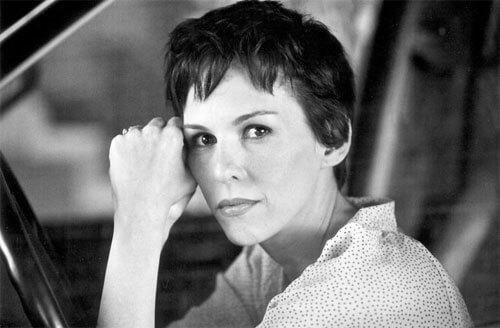Marjorie Salvaterra’s images reveal “a fine line between sanity and insanity,” according to Virginia Heckart, Associate Curator of Photography at The Getty Center. Salvaterra’s exhibitions include: Rencontres d’Arles, Arles, France; Clark-Oshin Gallery, Los Angeles, Solo Exhibit, 2011; MOPLA Opening Night Solo Exhibit - 2011, Los Angeles; "Fuck Pretty" - Robert Berman Gallery, Los Angeles, 2011, “Classic Camera Show,” Rayko Photo Center, San Francisco; “Contrast LA,” at A&I Gallery, Los Angeles; “Alternative Photography,” at Julia Dean Gallery, Los Angeles; and the “Human + Being” show at The Center for Fine Art Photography in Fort Collins, Colorado. Her work was included in the George Eastman House Museum auction at Sotheby’s, New York and she was runner-up for the 2009 and 2010 Berenice Abbott Prize for Emerging Photographers. Marjorie's great achievement is as a wife and mother of two. She makes her home in Los Angeles, California.
Selected Books on

